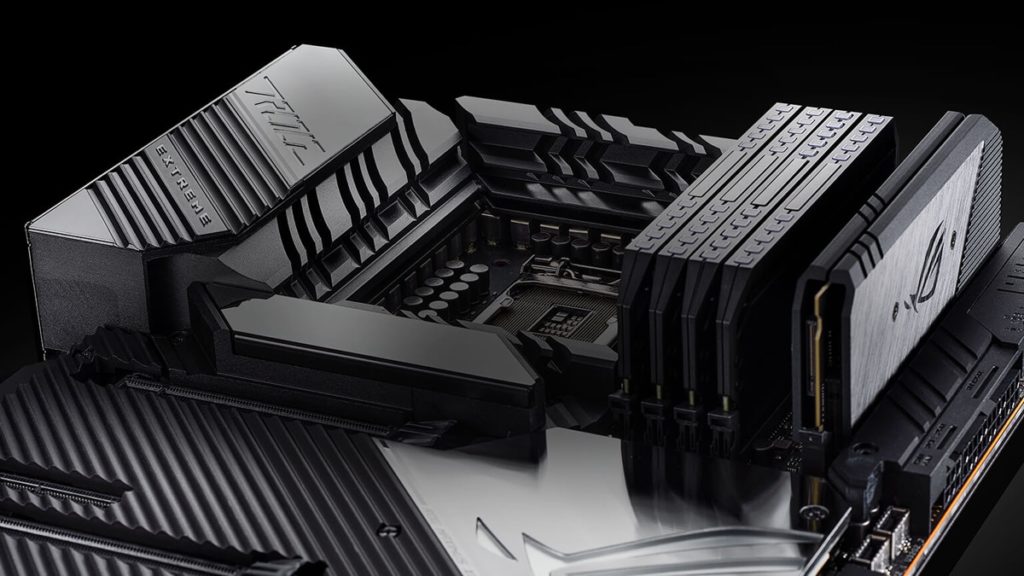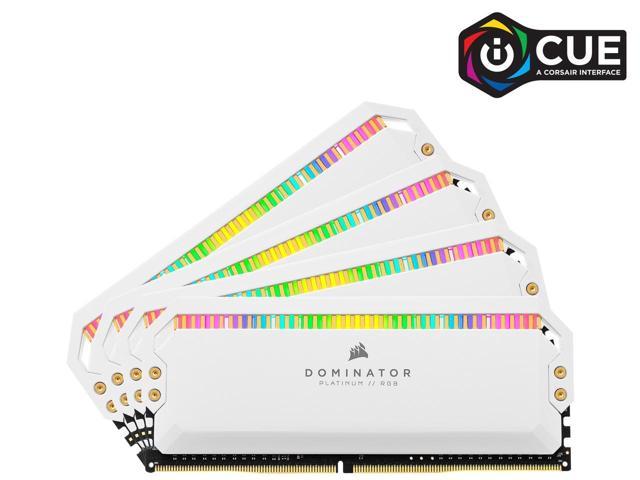Image: ASUS
Enthusiasts who plan to upgrade to Intel’s upcoming 12th Gen Core “Alder Lake-S” processors and pair them with an expensive premium motherboard may have no choice but to also complement them with the next generation of DDR memory.
Filings for ASUS’ upcoming Z690 motherboards have been spotted over at the Eurasian Economic Commission regulatory office, and many of the products include designations for whether they support DDR4 memory or not. The implication is that the motherboards that don’t include this “D4” designation, such as the ROG MAXIMUS Z690 EXTREME, will only include support for DDR5 memory.
[EEC] ASUS Z690/MAXIMUS Z690 Series M/B. https://t.co/29maNsxOpW pic.twitter.com/B20rMuiGk5— 遠坂小町@Komachi (@KOMACHI_ENSAKA)...
Continue reading...

